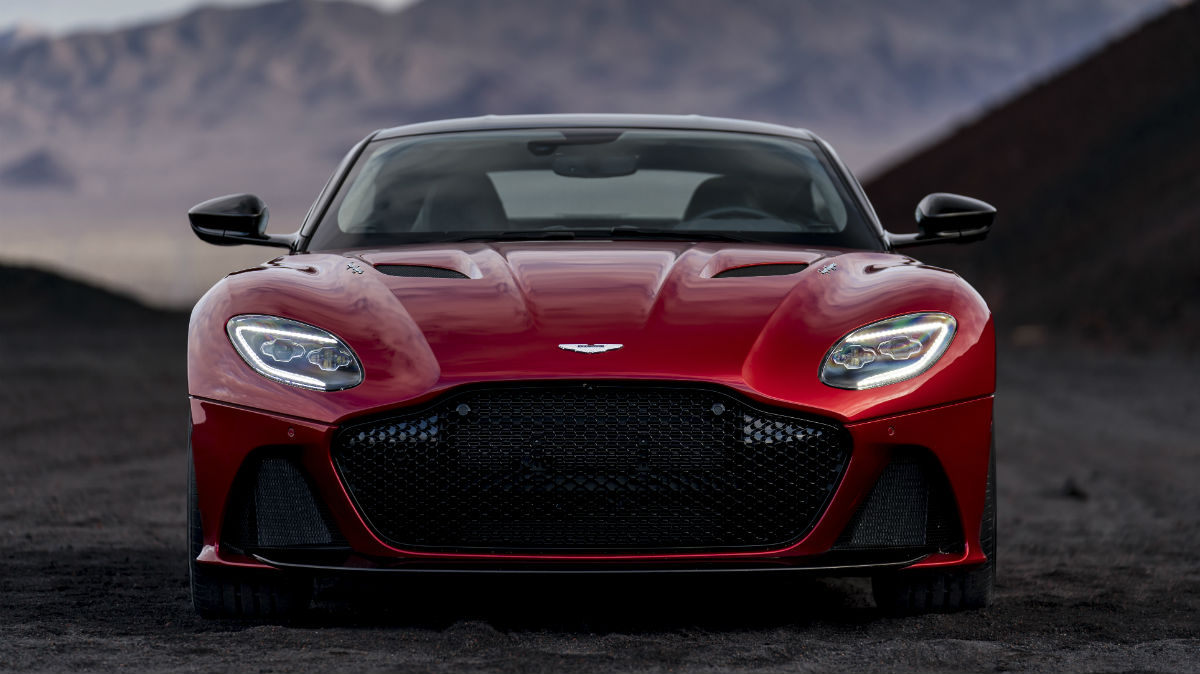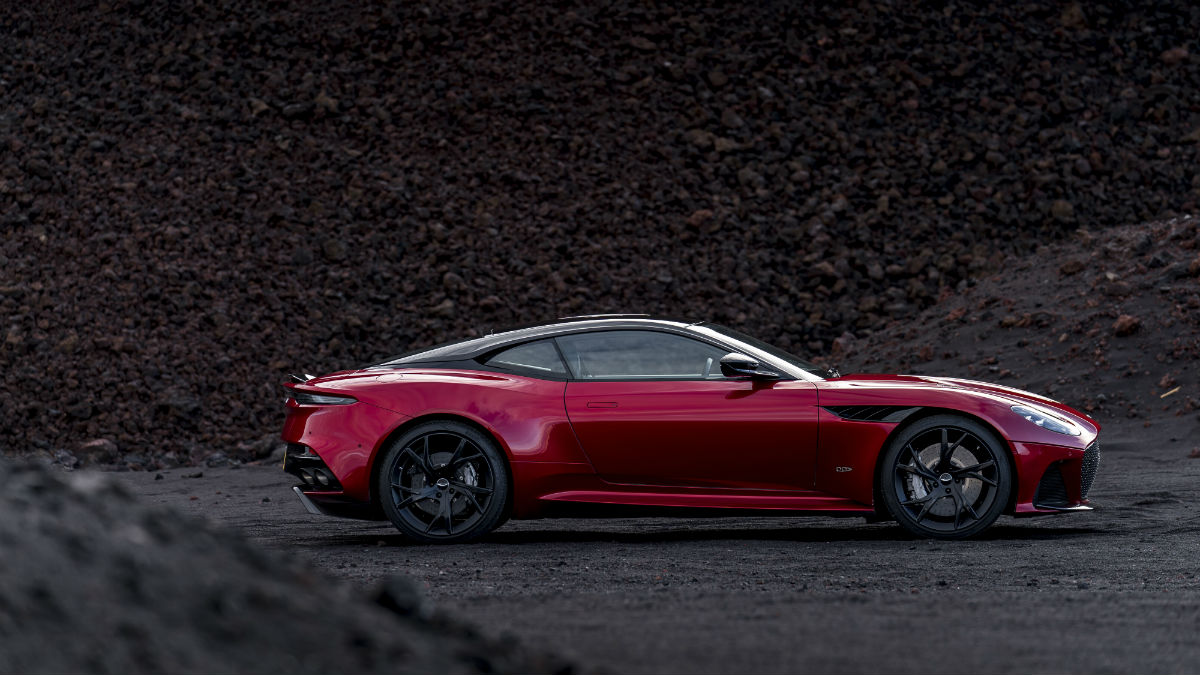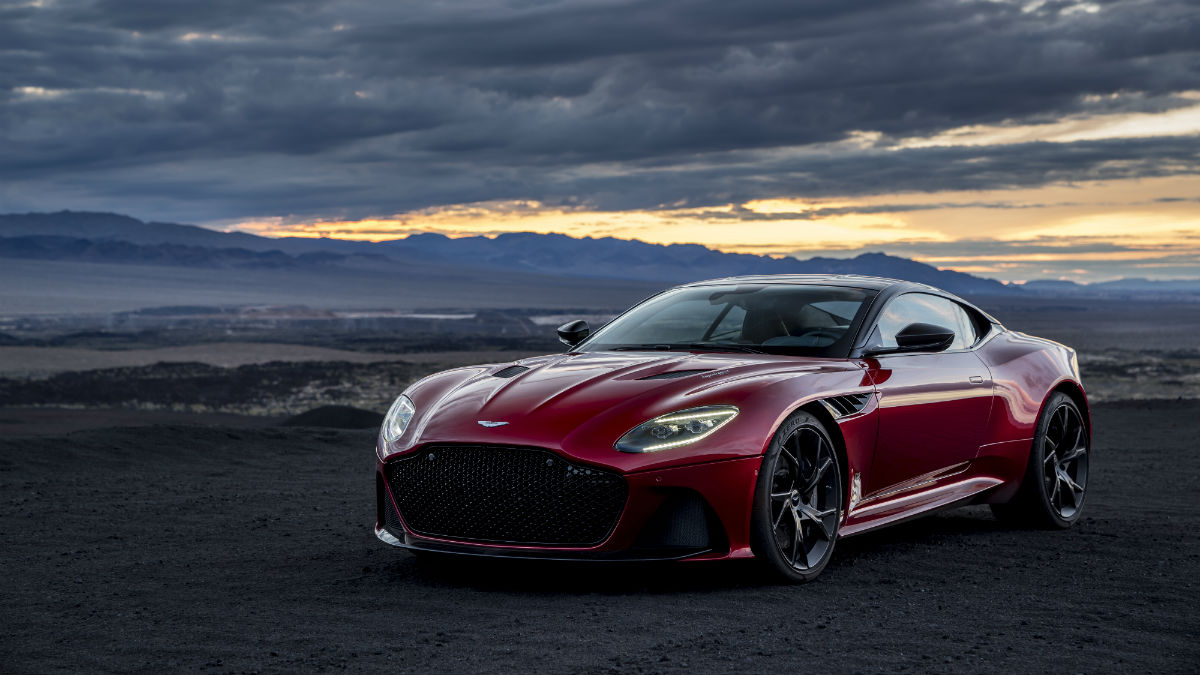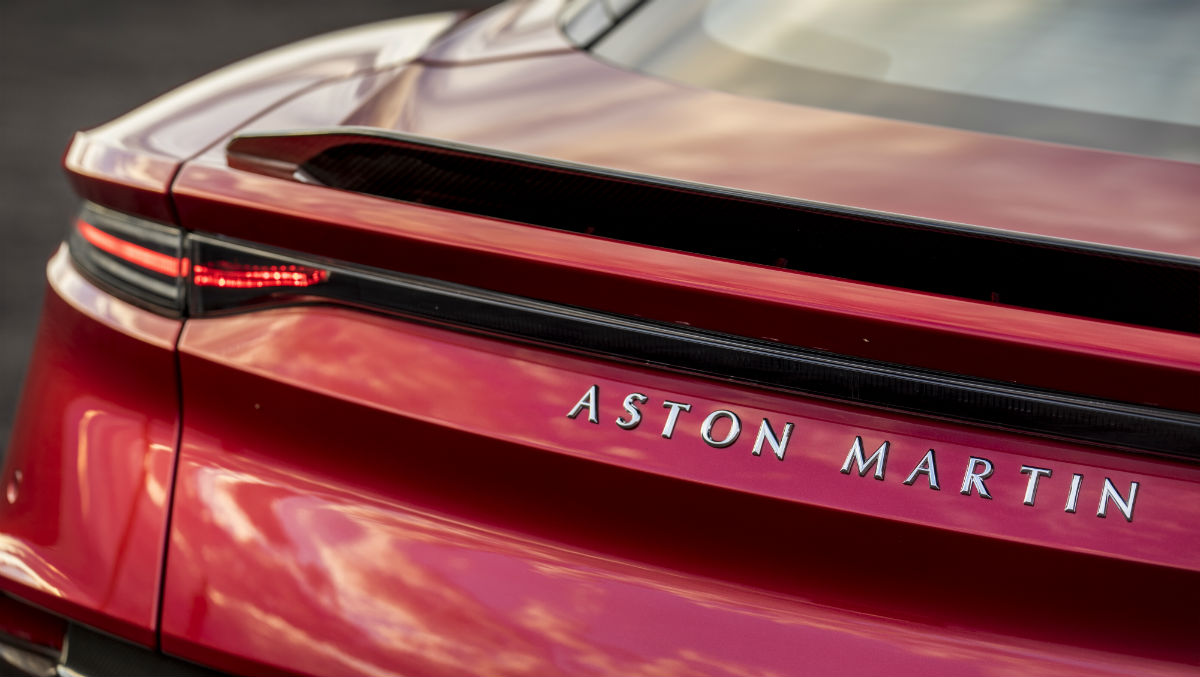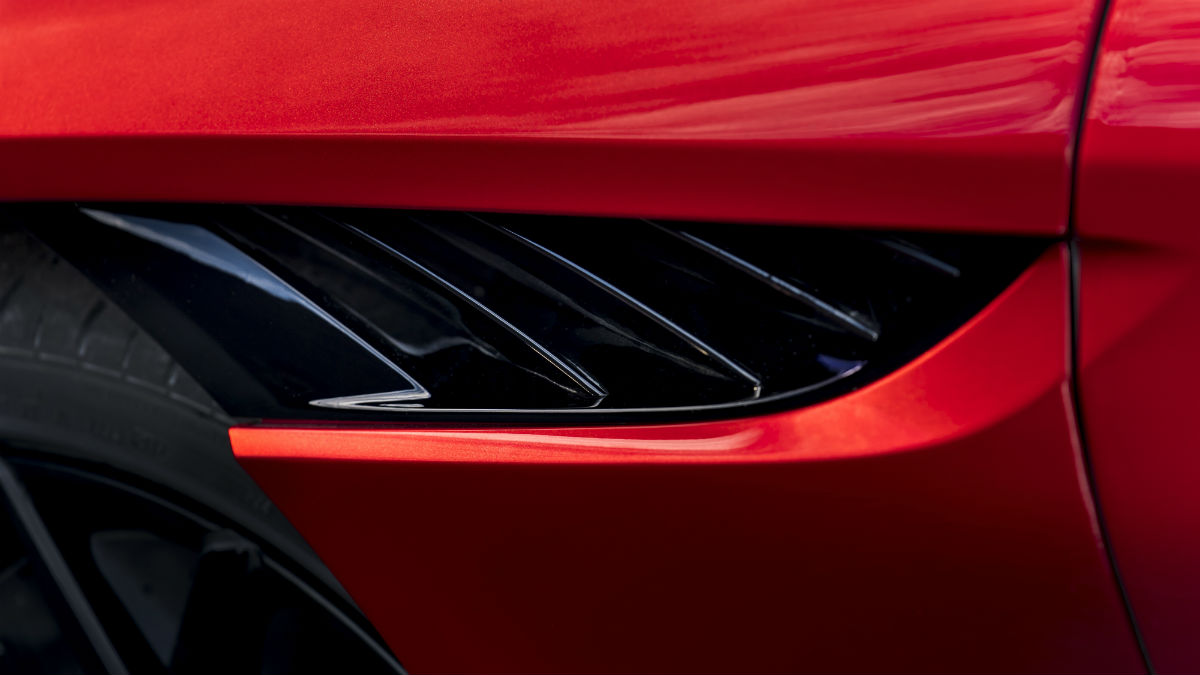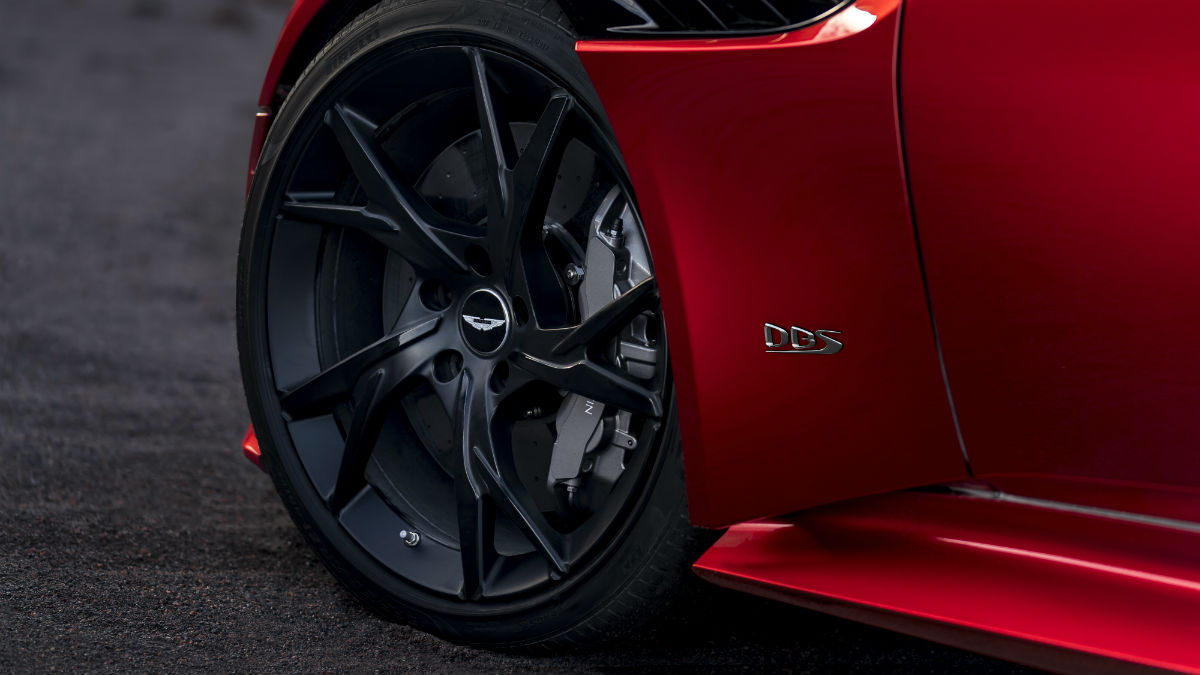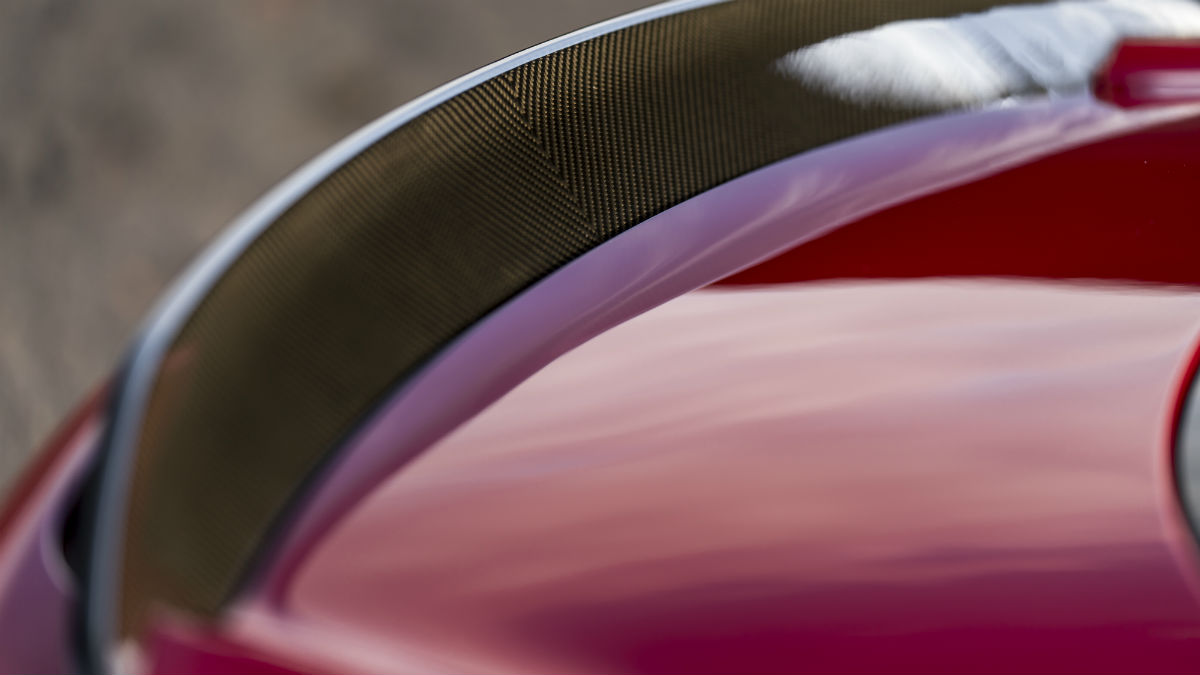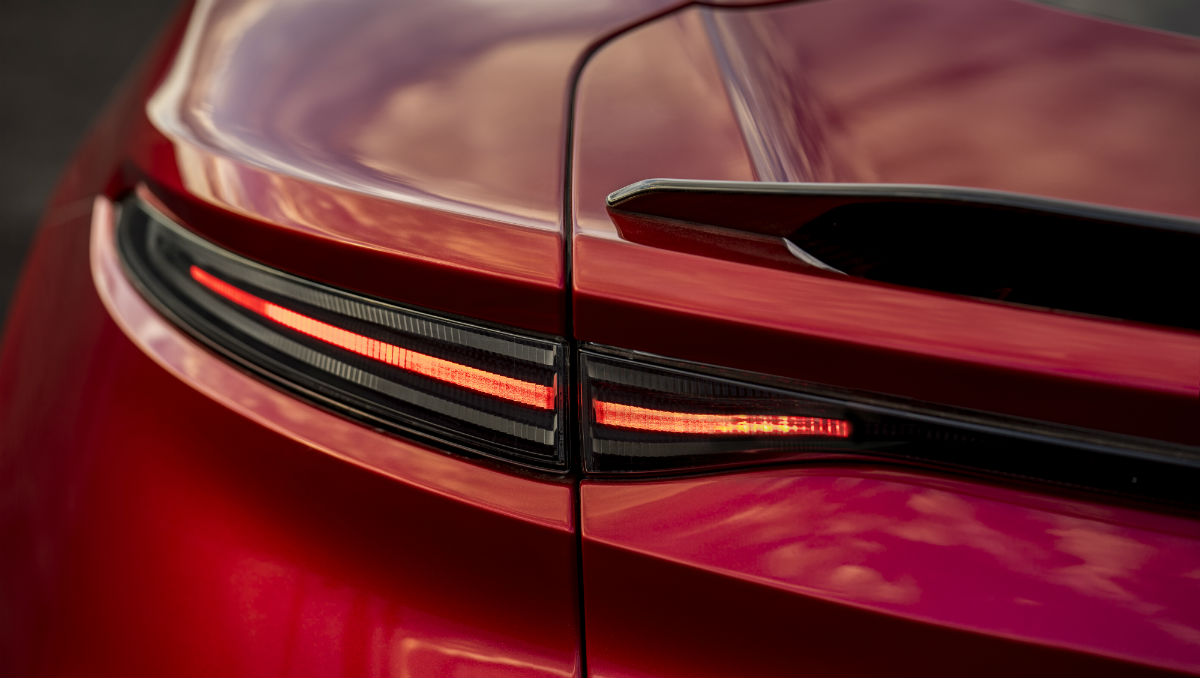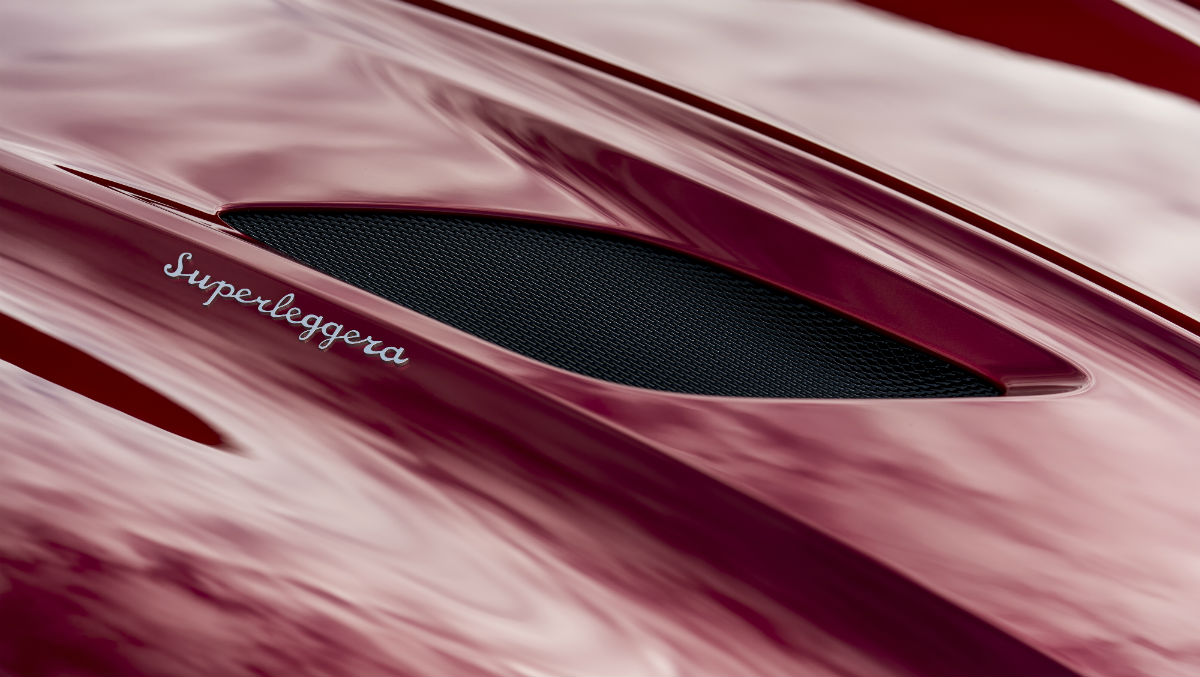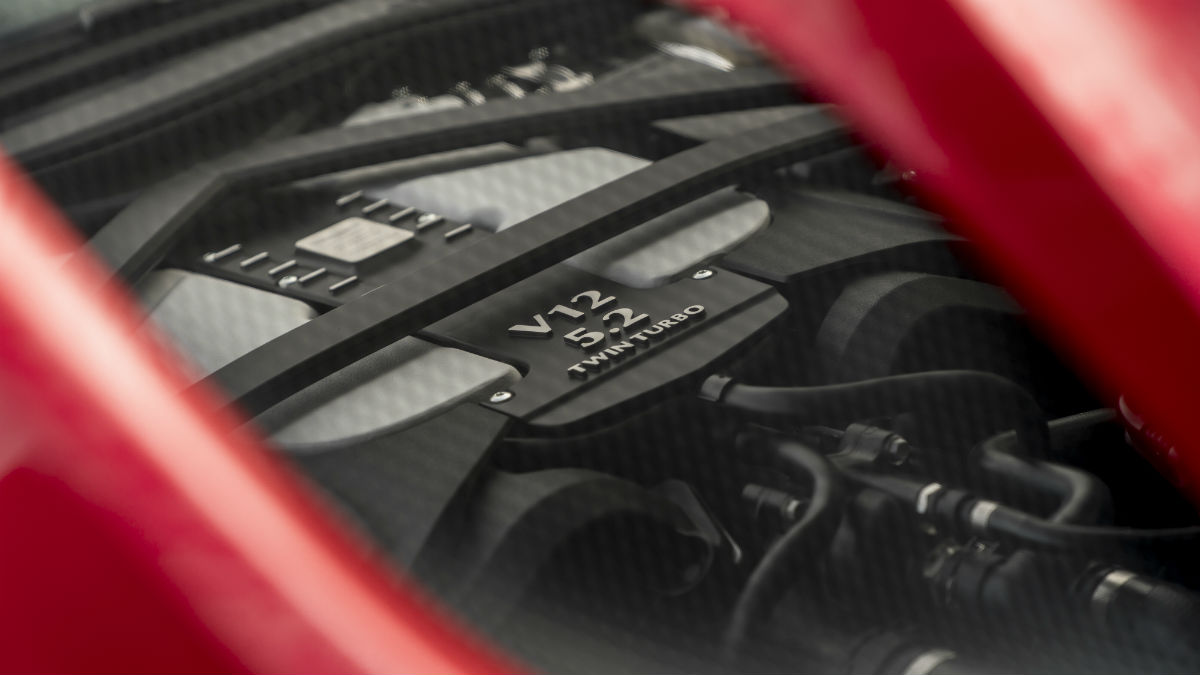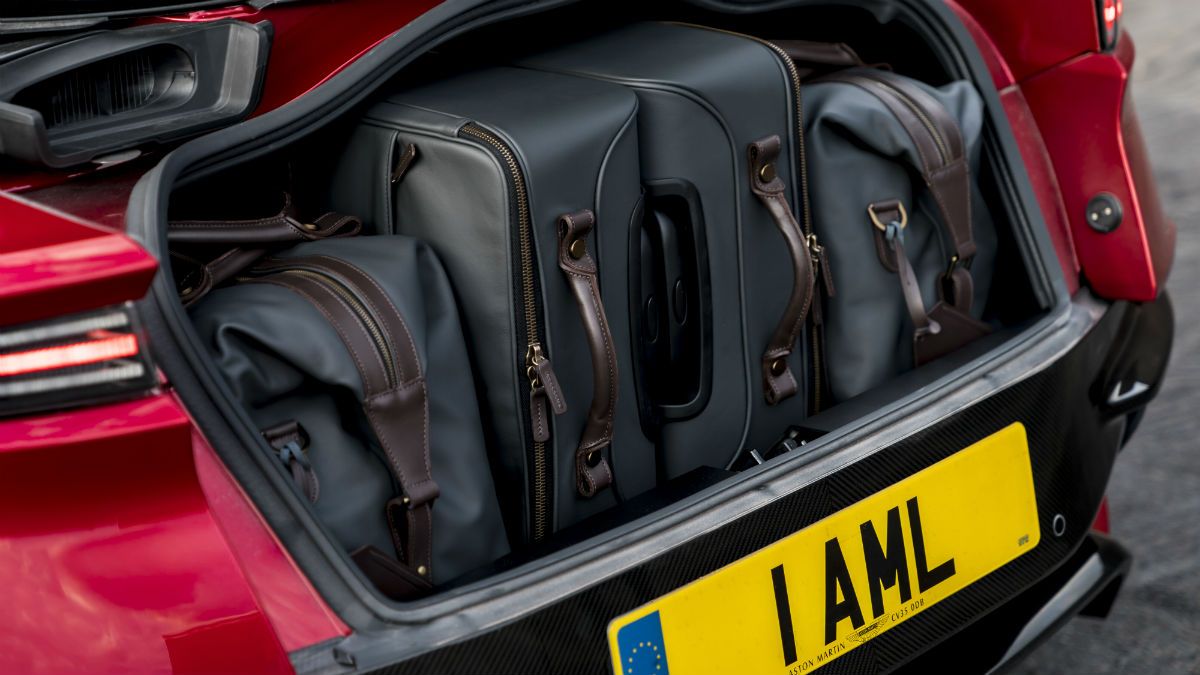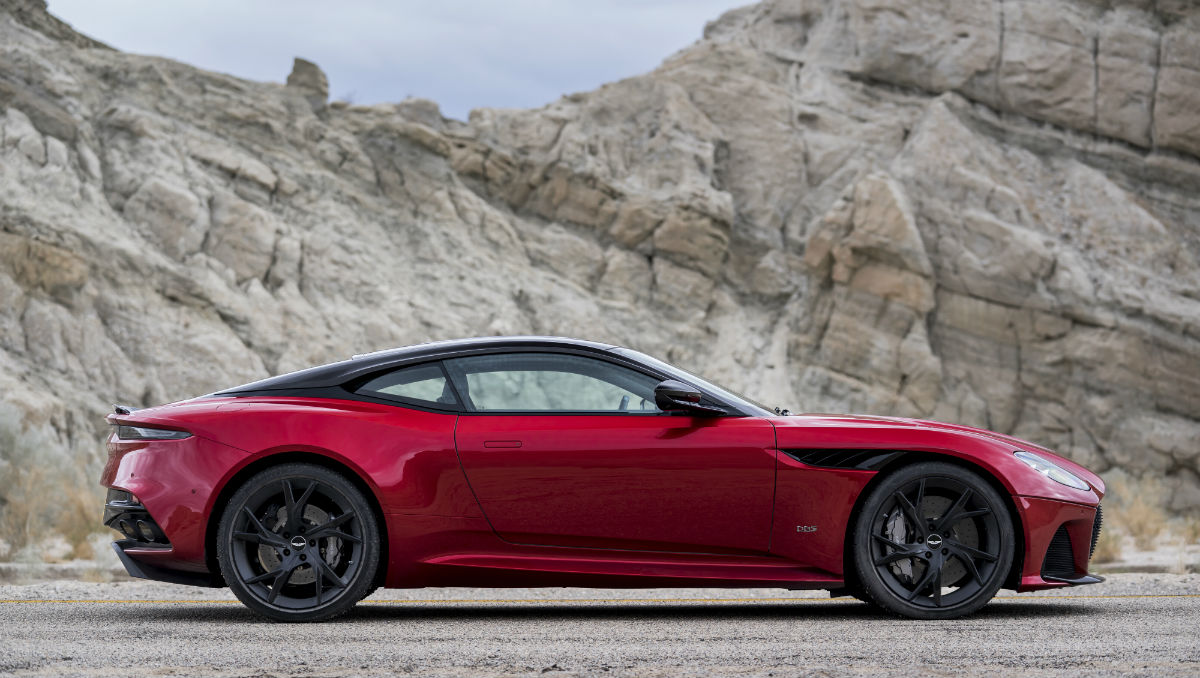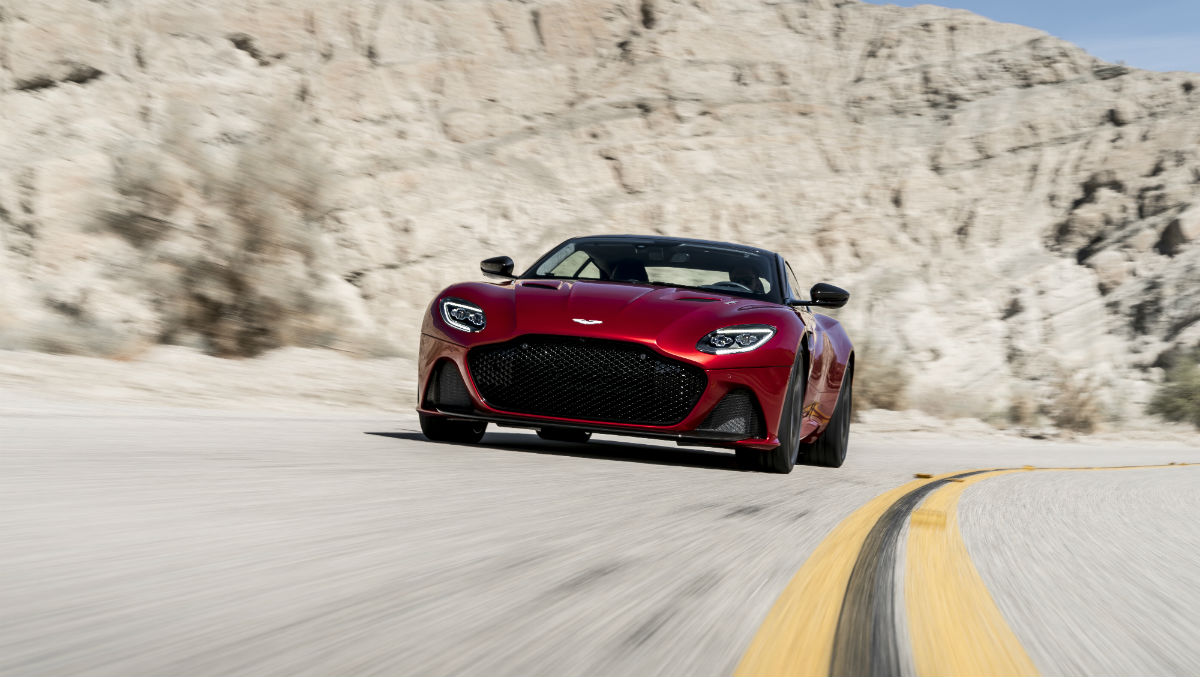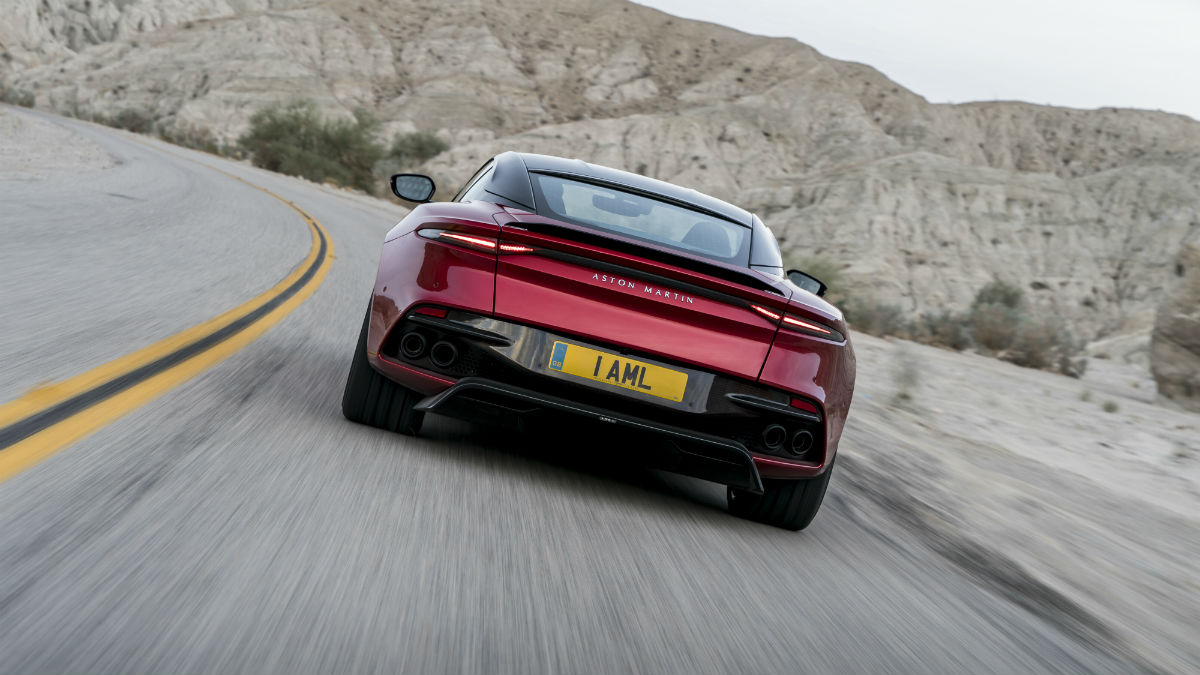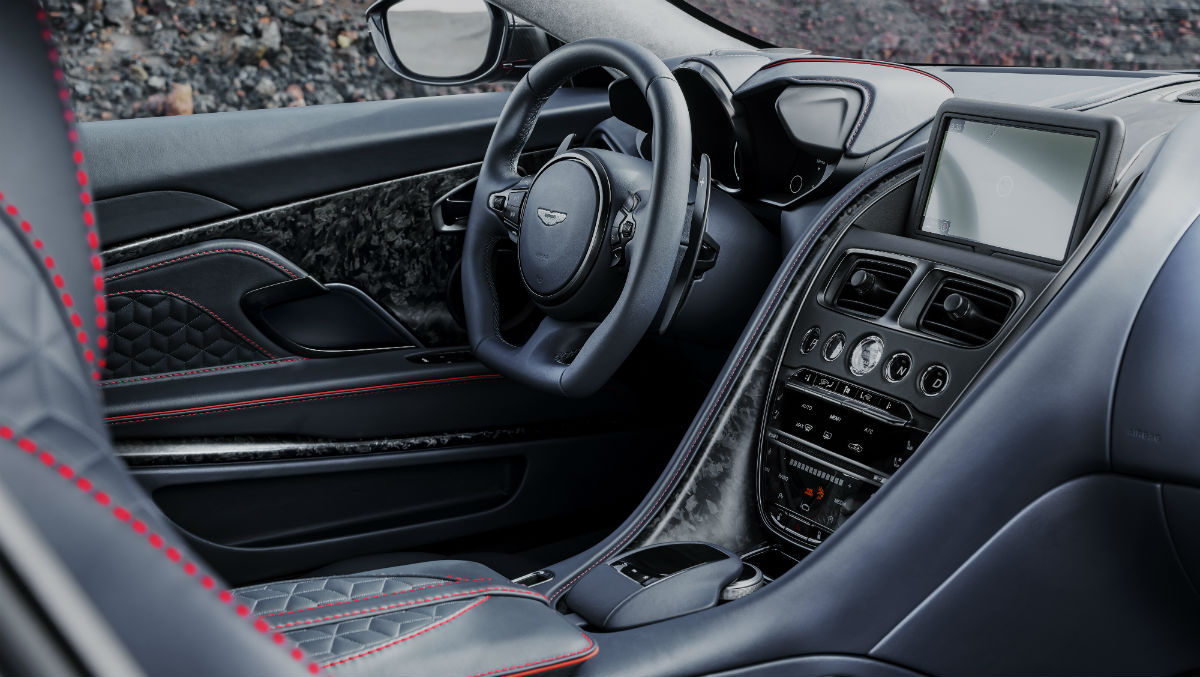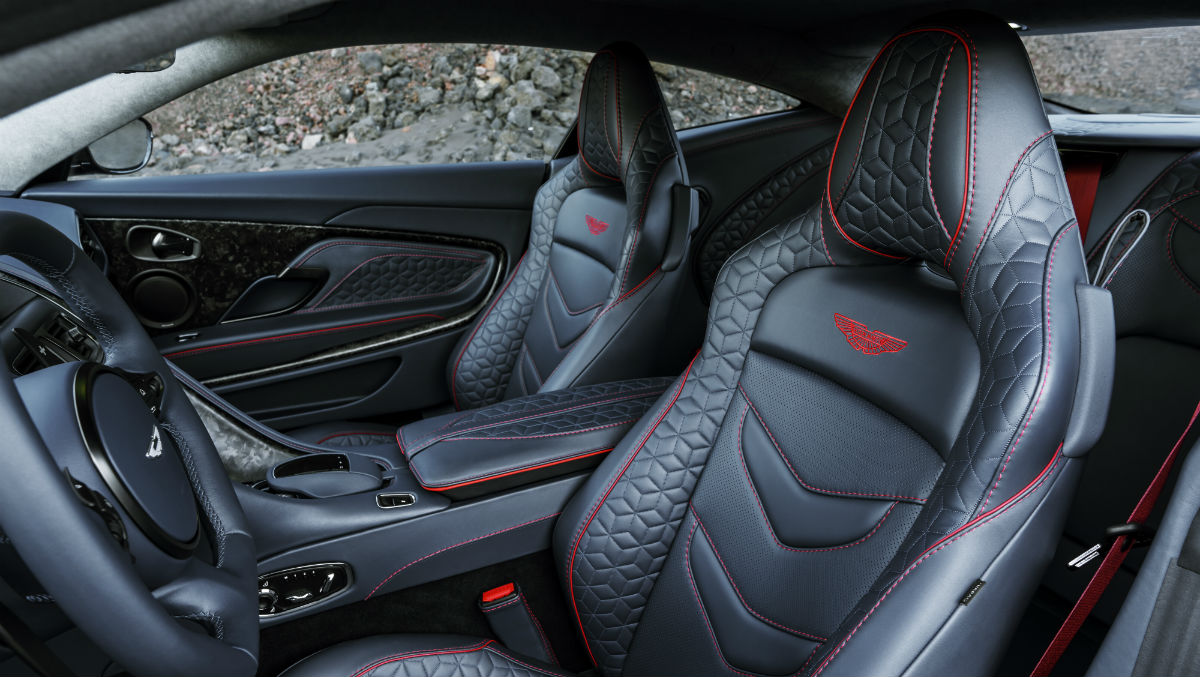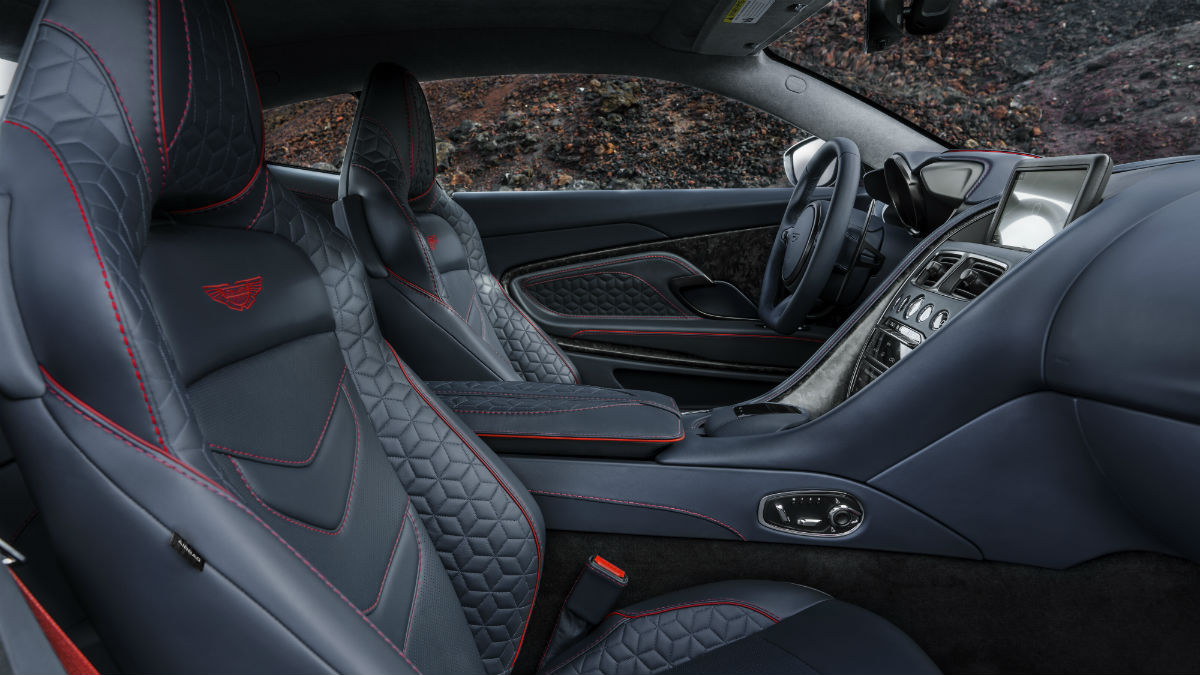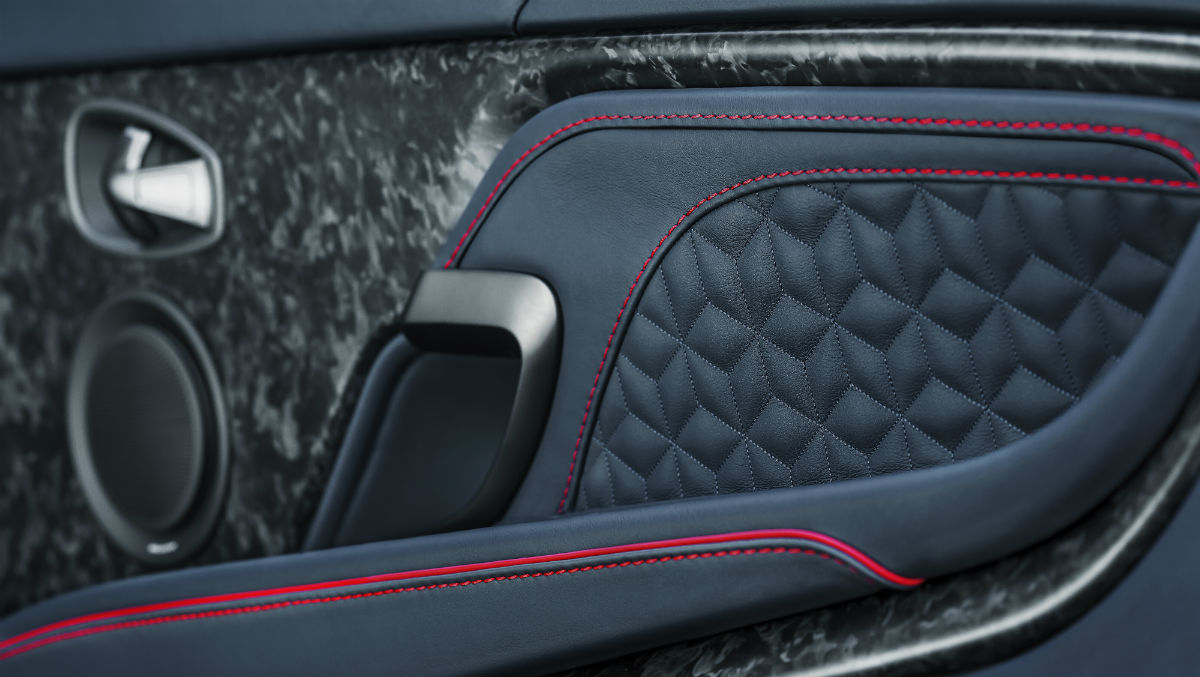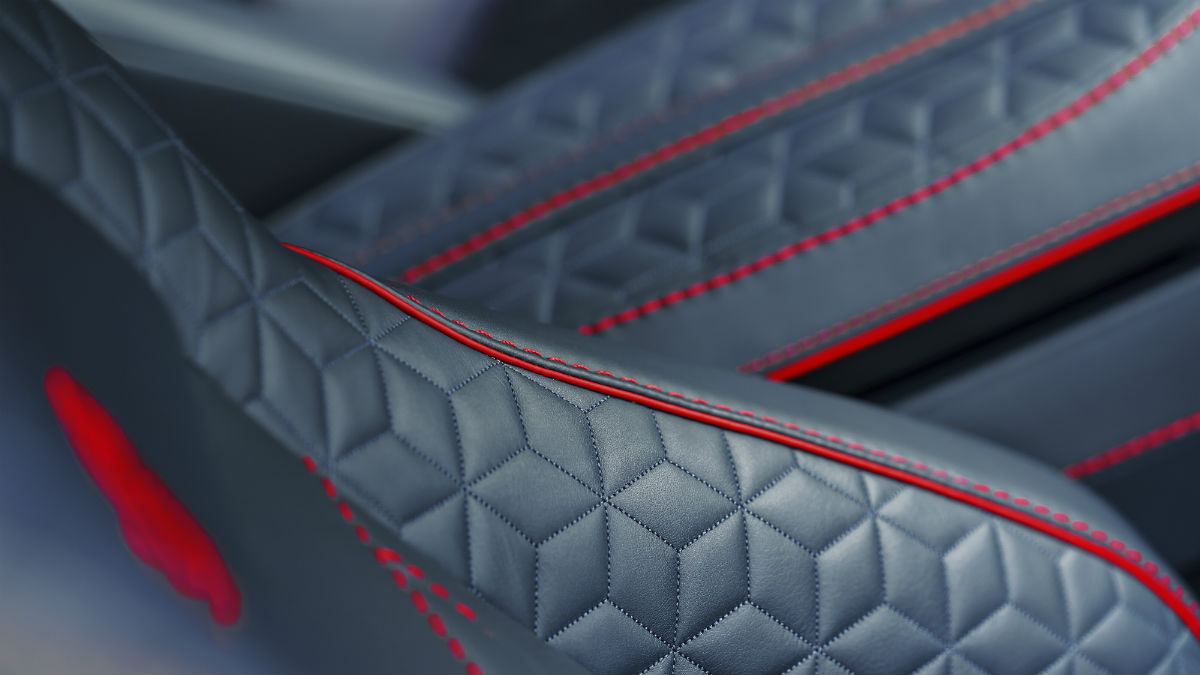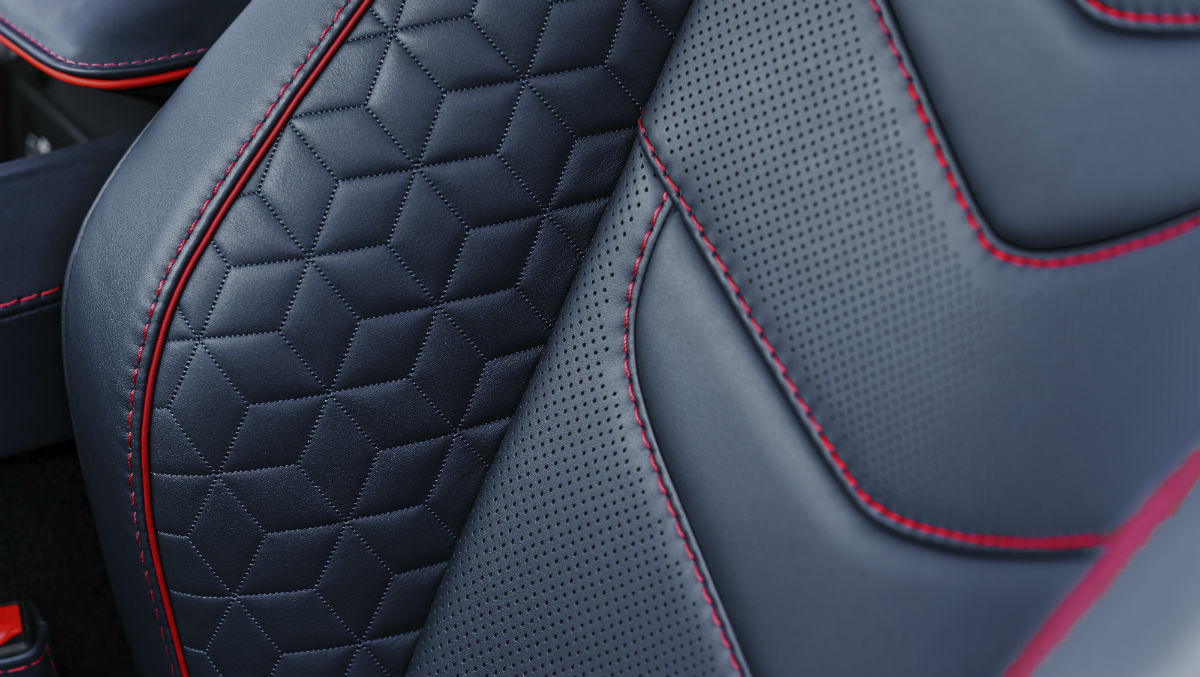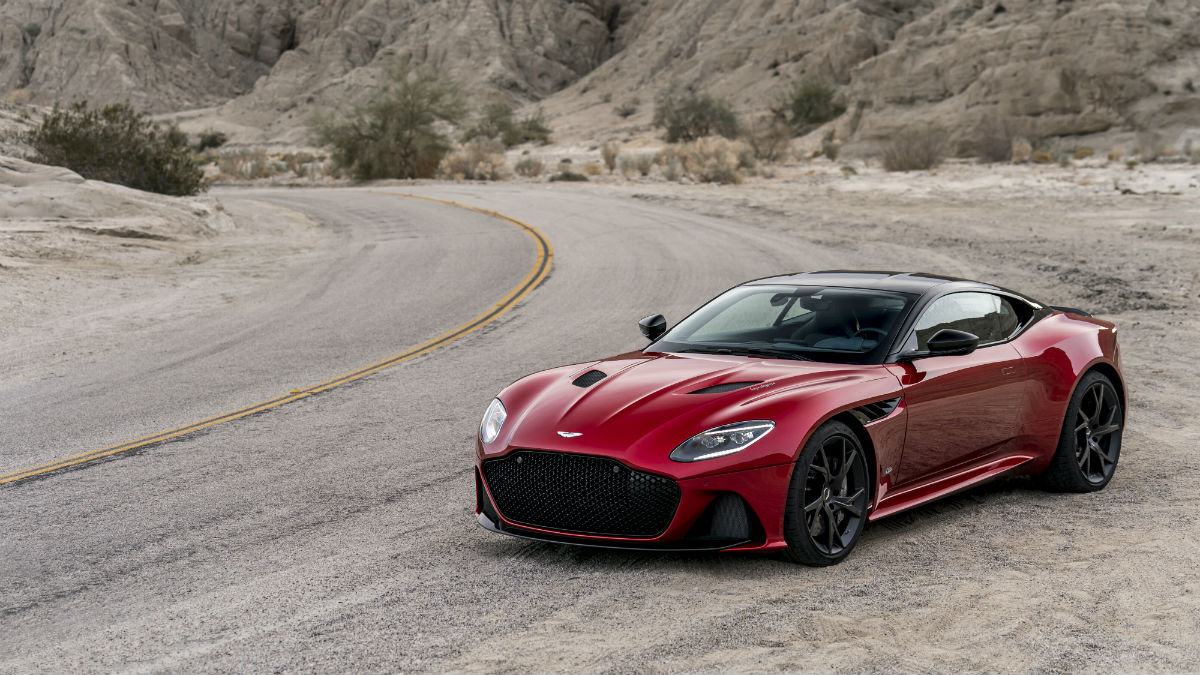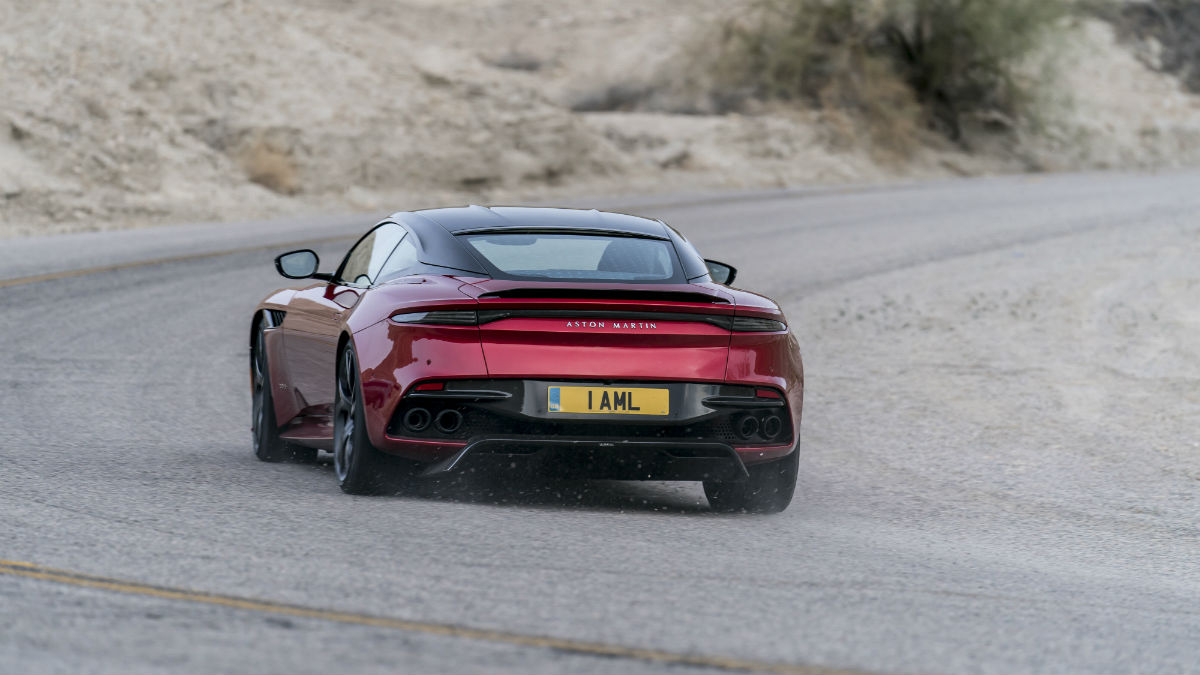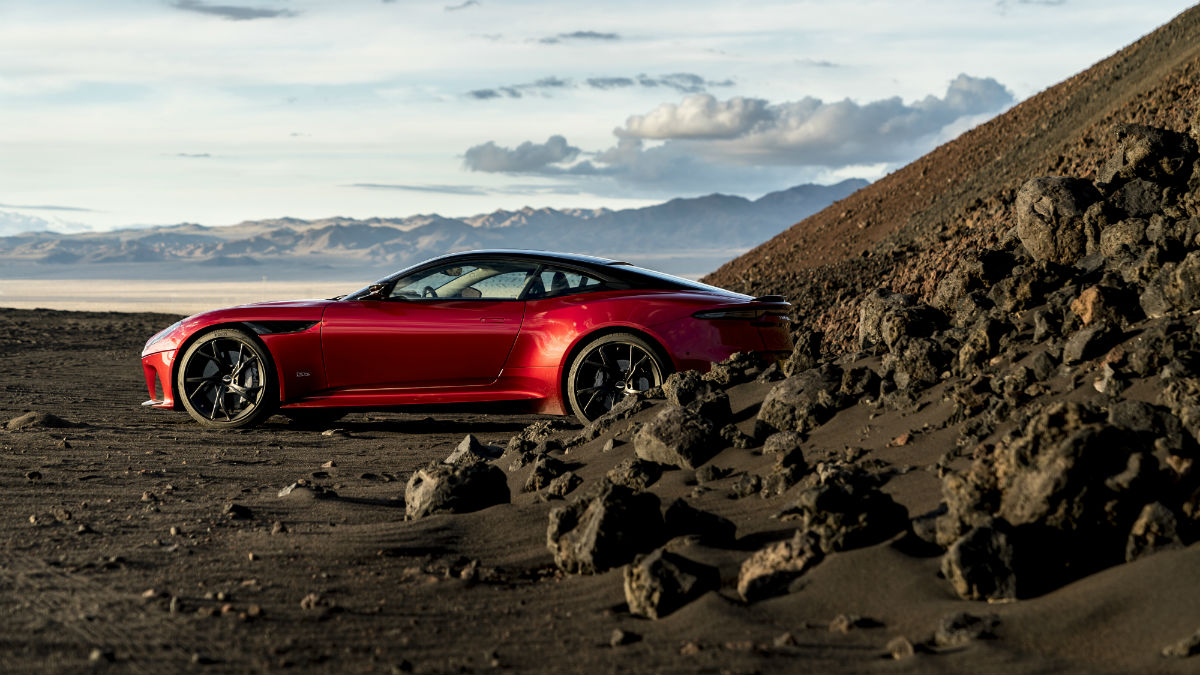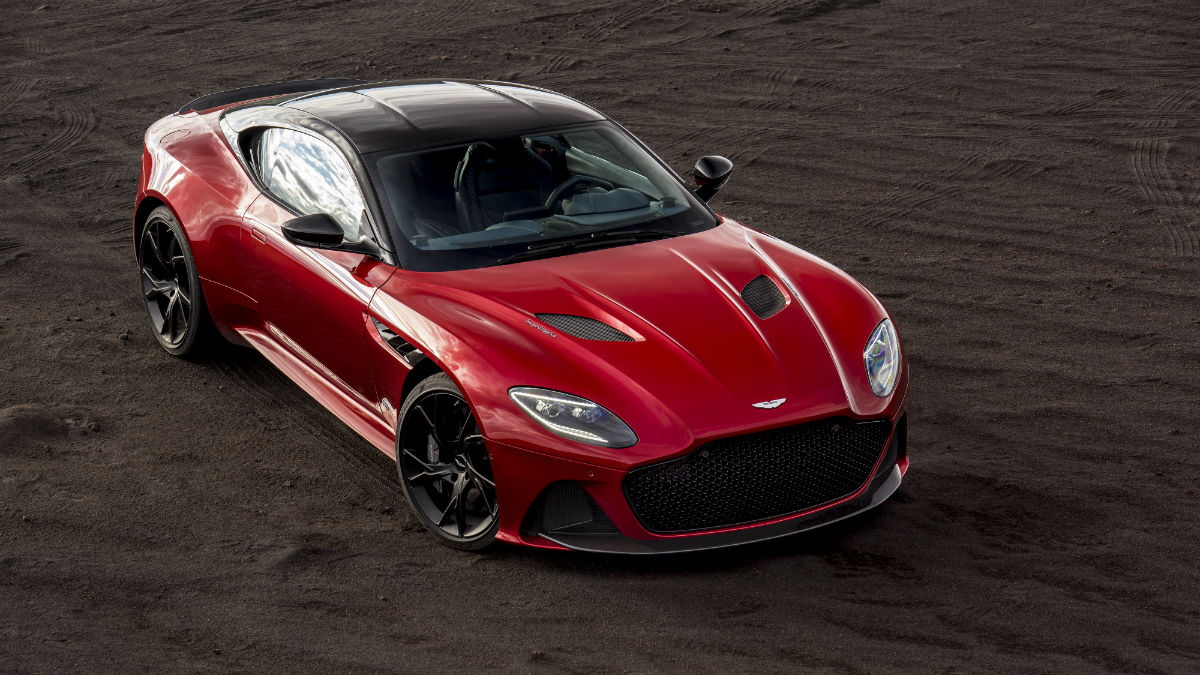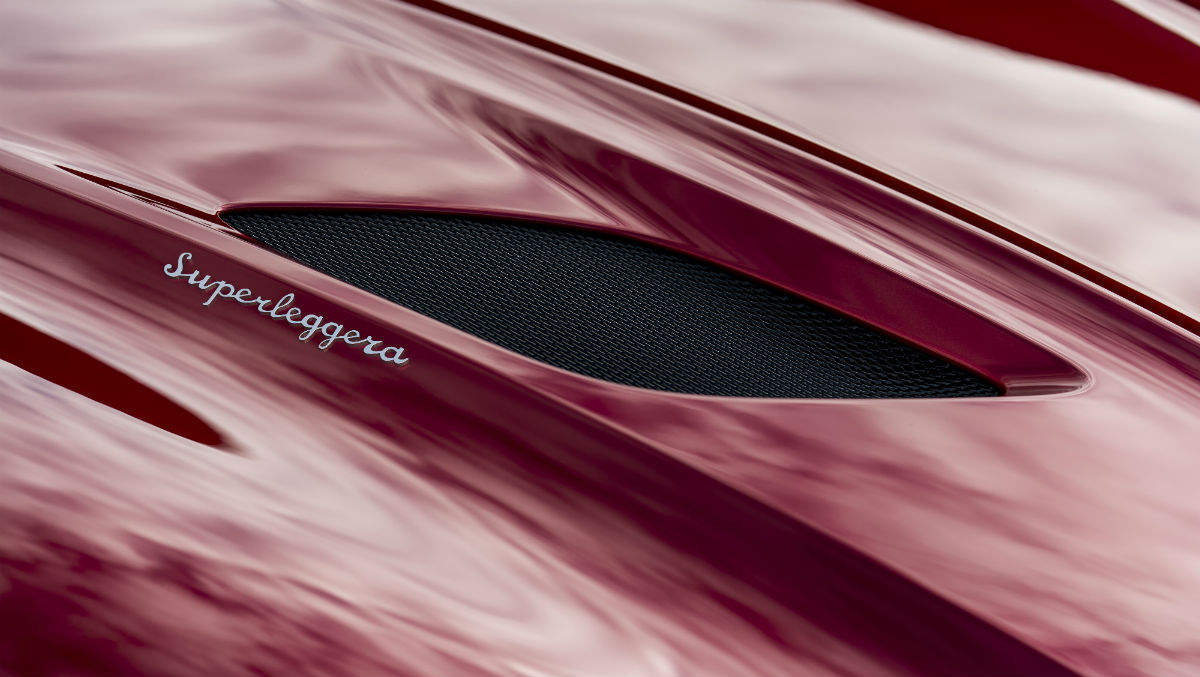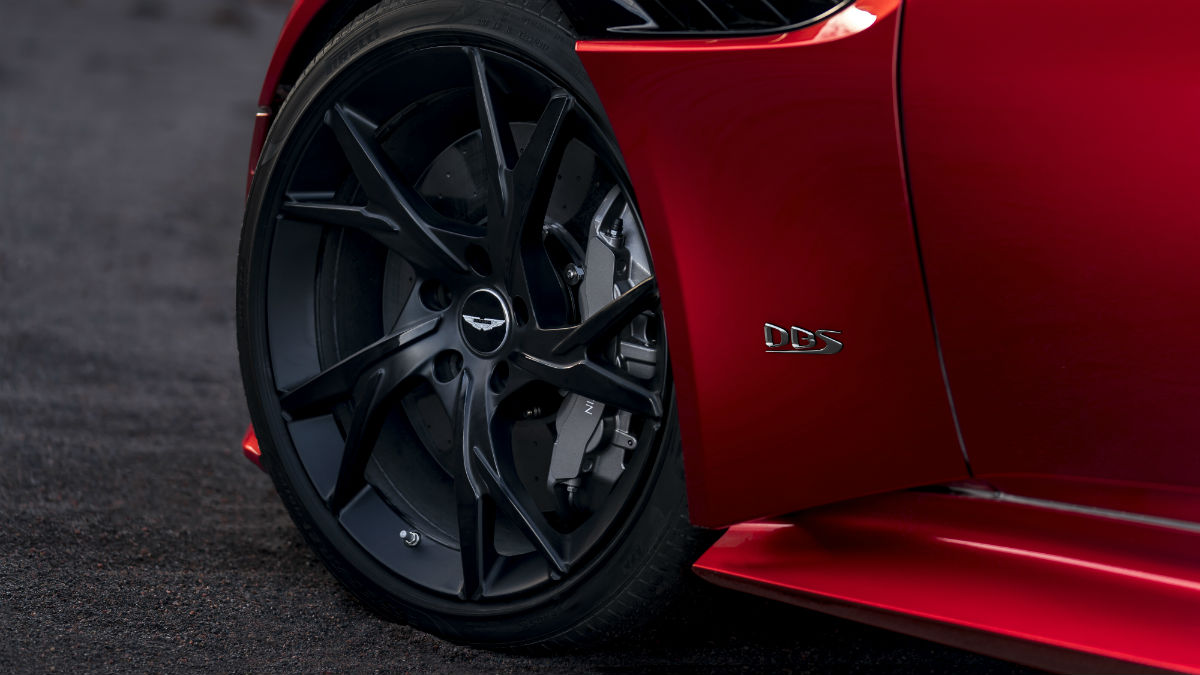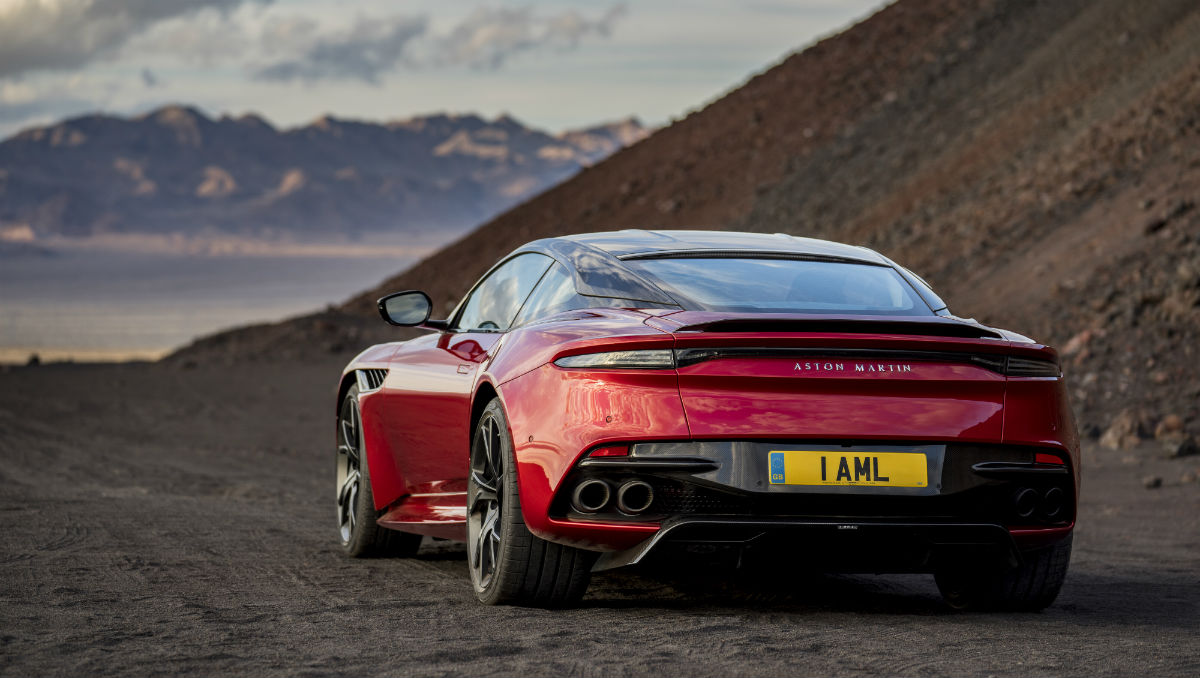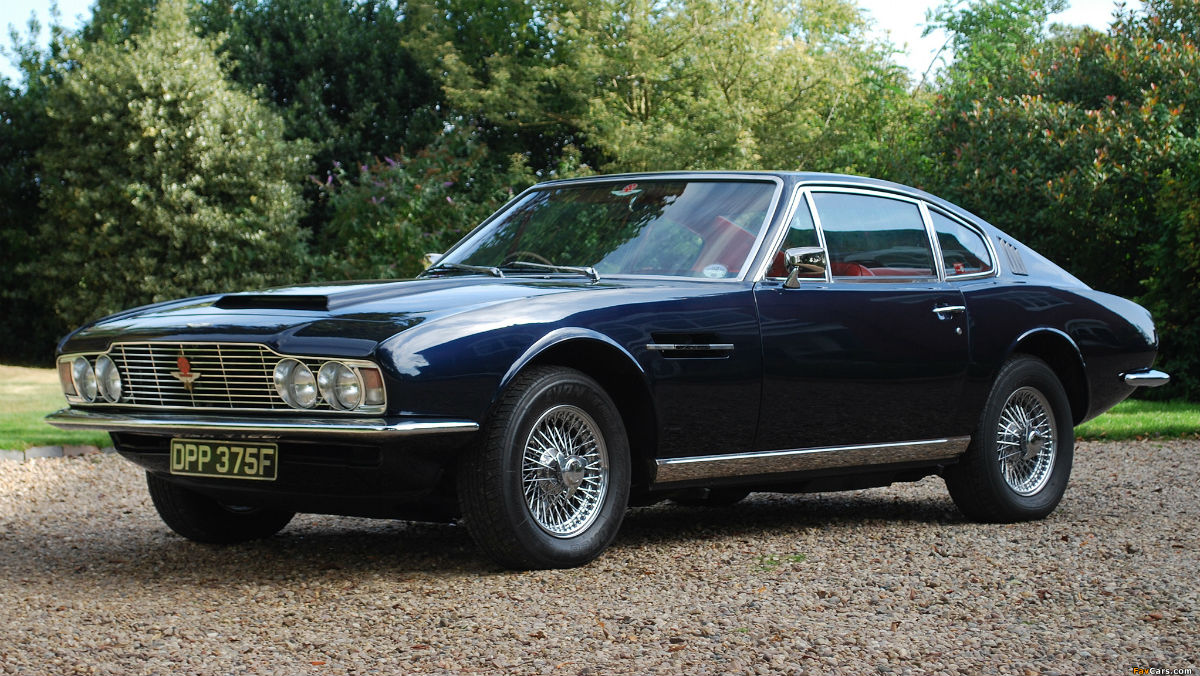When I replied, “715 horsepower! My word,” to one of Aston Martin’s spokespeople after the DBS Superleggera was unveiled, he replied, “Not slow.” Indeed, it is not, and as for the rest of the package, well, just look at it. It is perhaps, and I may be getting ahead of myself, the best grand touring machine ever built.
First, let’s talk a little more about that master’s class of an engine. The twin-turbocharged 5.2-liter V-12 is the same engine as in the DB11, though it’s been thoroughly retuned to produce the aforementioned 715 horsepower and 664 lb-ft of tire-immolating torque. All of which is available at just 1,800 rpm. Sixty mph is handled in just 3.4 seconds and 100 mph in just three seconds after. Top speed has been pegged at 211 mph.
Getting that power and torque to the ground, however, required a quite extensive evolution of Aston Martin’s aluminum bonded chassis that’s also in the DB11. The DBS Superleggera receives forged double wishbone suspension at the front and a new multi-link system at the back of the car. It also features the next iteration of the firm’s adaptive damping technology to ensure that through each setting — GT, Sport, and Sport Plus — the DBS Superleggera can switch between its Dr. Jekyll grand touring persona to the Mr. Hyde hellion that’s capable of putting all 715 horses to the road.
The expertly sculpted body panels, which pays homage to Aston Martin’s long history with the Italian coachbuilder Touring, is composed of lightweight carbon fiber and a look that elevates the marquee’s stunning new design language first shown on the DB11. But style isn’t everything when you have a grand tourer capable of 200-plus mph. You also need aerodynamics, and the DBS Superleggera has that in spades.
According to Aston Martin, the DBS Superleggera features the next evolution of the aerodynamics package first seen on the DB11, including evolved versions of the curlicue around the front wheels and the rear’s Aeroblade. The new super grand tourer also receives a Formula 1-inspired double-diffuser at the back. In total, the DBS Superleggera can generate up to 397 lbs of downforce at VMax, which is the highest figure ever recorded for a production Aston Martin. We’ll likely see a much higher metric once the Valkryie hits the road next year.
Inside the cabin are all the accouterments you’d expect from a flagship super grand tourer and customers are encouraged to personalize their DBS Superleggera to their heart’s content. Choices between leather and Alcantara, steering wheel design, sport seats, two new forged alloy wheel designs, and if selected, any color you’d like with the help of Aston Martin’s design team.
Speaking ahead of the DBS Superleggera’s launch, Aston Martin CEO Dr. Andy Palmer said, “DBS Superleggera not only marks the return of a great Aston Martin name, but signals our return to the very pinnacle of the Super GT sector. Handsome beyond measure, its lightweight carbon composite and aluminum body is sculpted into a shape with tremendous presence and charisma. Thanks to the remarkable torque available from its twin-turbo V12, the DBS Superleggera also packs a breath-taking punch, yet its dynamics have been carefully honed to engage drivers of all ability levels. Immaculately styled, obsessively engineered, and outrageously potent, the new DBS Superleggera is every inch the Aston Martin flagship.”
The Aston Martin DBS was first introduced in 1967 and was intended to be the successor to the firm’s DB6, albeit with more grand touring aspirations. However, the two were produced concurrently for three years.
- 1. The original DBS Superleggera.
- 2. The return of the DBS nameplate in 2007.
Even more interesting is how the car was designed.
In 1966, Aston Martin went to Touring of Milan and commissioned the famous design house to pen the exterior and interior of what would be the forthcoming DBS Superleggera. And though Touring did indeed produce two prototypes, before Aston Martin could sign off on a finished design, Touring went out of business. This left Aston Martin without a complete design. In the end, Aston Martin brought in designer William Towns — who would later father the Aston Martin Lagonda — to finish the project and see the DBS brought to market.
Since that first DBS in 1967, Aston Martin has only revived the nameplate once. In 2007, using the underpinnings of the DB9, Aston re-introduced the world to the DBS nameplate and produced the super grand tourer until 2012, when the company introduced the latest Vanquish.
The new DBS Superleggera is now available to order with a price tag of $304,995 here in the U.S.; deliveries are set to begin at the end of this year. Now, Aston Martin, when can I drive it?
